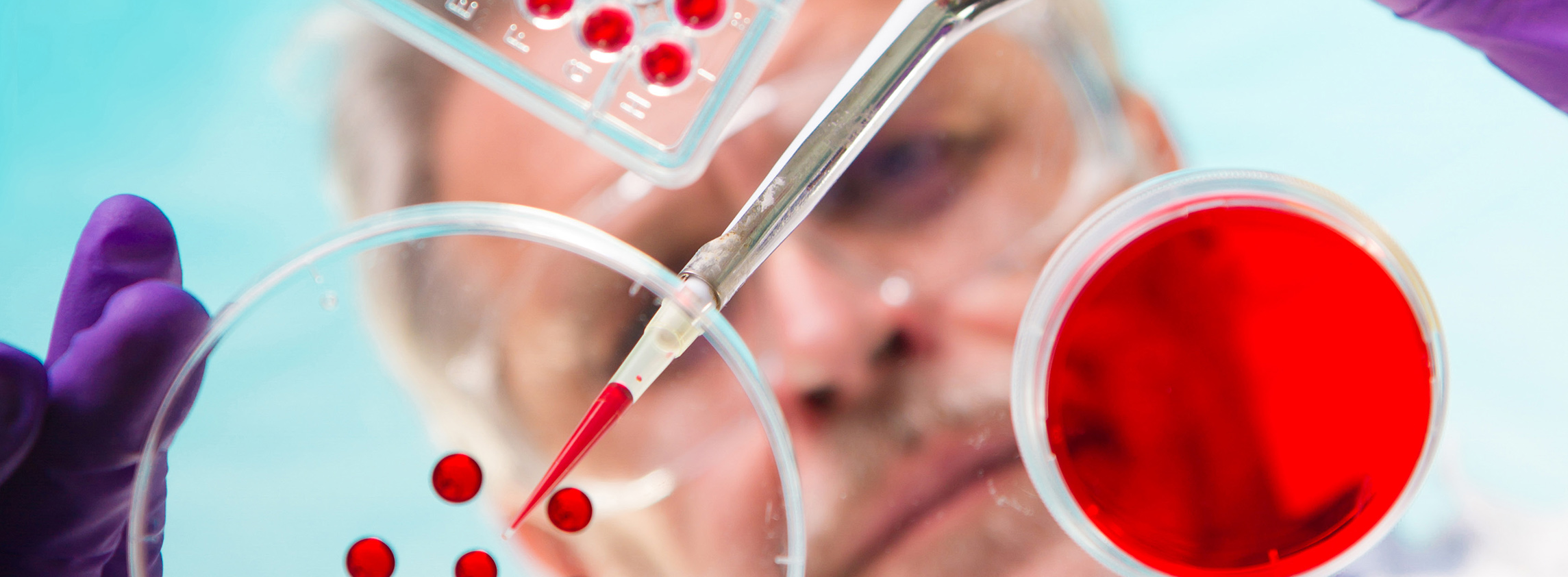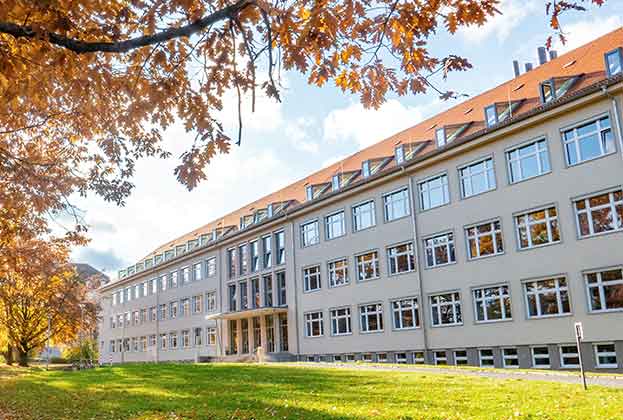What are the top five takeaways from this report?
- Surging VC investment into the life science sector will continue to support occupier demand across Europe, with an anticipated 474,000 sq m of new requirements forecast to emerge across key markets by end-2022.
- Market transparency remains one of the key challenges for investors. The UK and the Netherlands remain among the most transparent and active investment markets in Europe currently, supported by attractive business environments and wide talent pools.
- With considerable fitout costs and longer lease lengths, life science tenants remain 'stickier' than traditional office tenants, which will continue to pique investor interest seeking long-term income. Conversion of office space to laboratory facilities is unlikely to become a common theme at least in the short term, due to building specifications, particularly ceiling heights and waste handling. Any conversion of space is more likely to be for dry labs specific to digital health.
- Shortage of stock remains a challenge for institutional landlords seeking to access the sector, with universities traditionally less active vendors. Sale and leasebacks and forward funding of new schemes will be the major opportunities for investors to gain access to the sector.
- The cost and availability of talent will remain one of the key considerations for global life science occupiers who are seeking to expand. European employee costs compare favourably on the global stage and attractive tax regimes will continue to drive activity in Europe.
Read the articles within Spotlight: European Life Sciences below.



